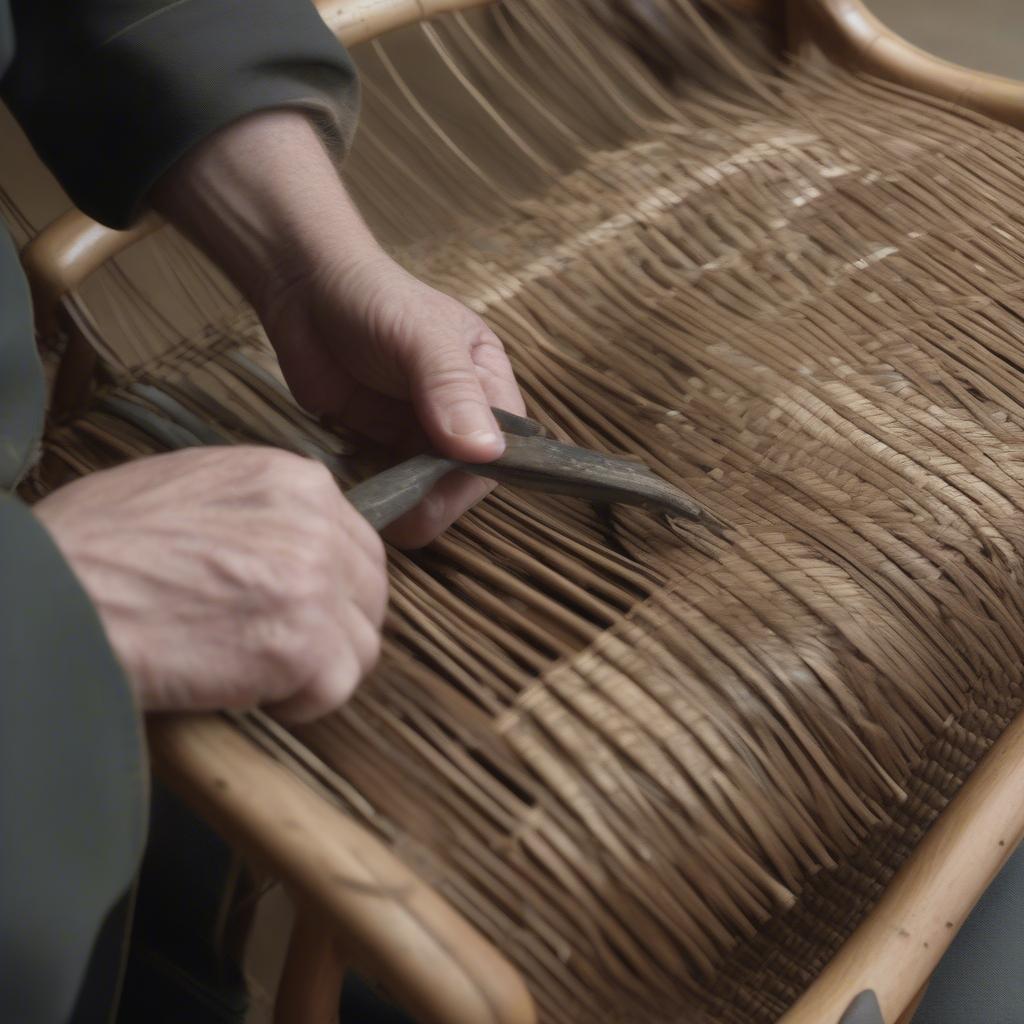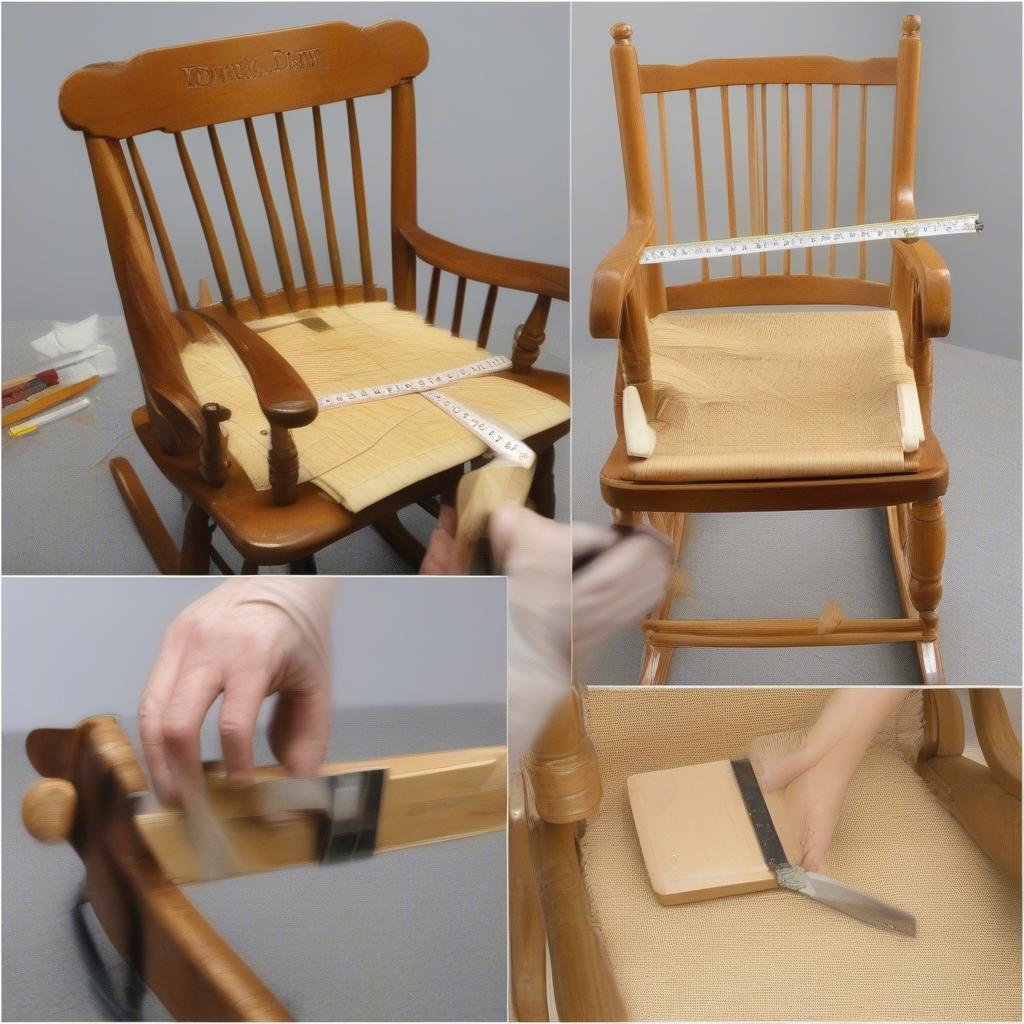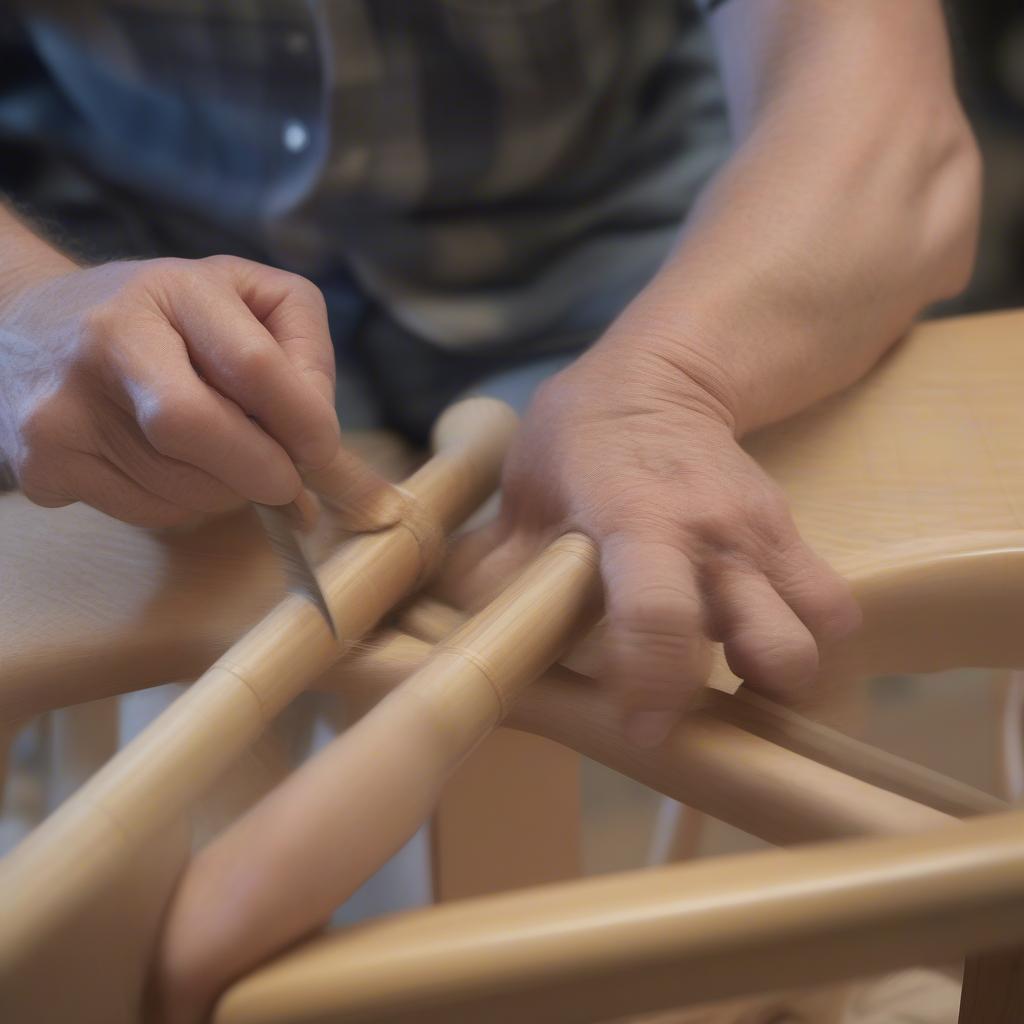Weave Chair
How to Rebottom and Back a Weaved Rocking Chair
Rebottoming and backing a weaved rocking chair can seem daunting, but with the right guidance and a bit of patience, it’s a manageable project that can breathe new life into a cherished piece of furniture. This comprehensive guide will walk you through the process, offering expert tips and techniques to achieve professional-looking results.
Assessing the Damage and Gathering Your Supplies
Before you begin, carefully examine your rocking chair to determine the extent of the damage. Is the woven seat sagging, are there broken strands, or is the entire back in need of replacement? This assessment will help you determine the materials and tools you’ll need. Common materials include reed, cane, wicker, or other natural fibers depending on the original material of your chair. You’ll also need tools like a flat-head screwdriver, pliers, scissors, a utility knife, and a measuring tape. Don’t forget protective gear like gloves and safety glasses!
 Assessing Damage to Woven Rocking Chair
Assessing Damage to Woven Rocking Chair
Removing the Old Weaving
This step requires patience and a gentle touch. Using your flat-head screwdriver, carefully pry up the spline, the thin strip of wood that holds the weaving in place. Work slowly and methodically to avoid damaging the frame of the chair. Once the spline is removed, you can begin to unravel the old weaving. If the material is brittle, you may need to use pliers to help remove it. Dispose of the old material properly.
Measuring and Cutting the New Material
Accurate measurements are crucial for a snug and professional-looking result. Measure the length and width of the seat and back sections, adding a few extra inches to allow for weaving and securing. Using sharp scissors or a utility knife, cut the new weaving material according to your measurements.
 Measuring and Cutting New Weaving Material for Rocking Chair
Measuring and Cutting New Weaving Material for Rocking Chair
Weaving the New Seat and Back
The weaving process depends on the pattern of your rocking chair. Common patterns include herringbone, twill, and checkerboard. Begin by weaving the new material through the frame, following the original pattern as closely as possible. Keep the tension even as you weave to create a firm and supportive seat and back. Use your fingers and pliers to tighten the weave and ensure a snug fit.
Securing the Weaving with Spline
Once the weaving is complete, secure it in place with new spline. Cut the spline to the appropriate length and gently tap it into the groove using a mallet. Be careful not to damage the new weaving. Trim any excess spline with a utility knife.
 Securing Woven Rocking Chair with New Spline
Securing Woven Rocking Chair with New Spline
Finishing Touches
After the spline is secured, inspect the chair for any loose ends or uneven areas. Trim any excess weaving material and ensure the spline is flush with the frame. You can apply a sealant or varnish to protect the weaving and enhance its durability.
Conclusion
Rebottoming and backing a weaved rocking chair is a rewarding project that can extend the life of your furniture. By following these steps and exercising patience, you can restore your rocking chair to its former glory. Remember to carefully assess the damage, gather the necessary supplies, and follow the original weaving pattern for the best results. How To Rebottom And Back A Weaved Rocking Chair can seem intimidating, but with a little effort, you’ll be enjoying your restored rocker in no time!
FAQ
- What type of material should I use for rebottoming? (The best material depends on the original material used, but common choices include cane, reed, wicker, and seagrass.)
- Can I use glue to secure the weaving? (While glue can be used in some cases, it’s generally best to use spline for a more secure and traditional finish.)
- How long does the process typically take? (The time required depends on the size and complexity of the chair, but it can range from a few hours to a full day.)
- Where can I find replacement spline? (You can find replacement spline at most hardware stores or online retailers specializing in furniture repair supplies.)
- What if I can’t find the exact same weaving pattern? (If you can’t find the exact pattern, choose a similar pattern or consult with a professional furniture restorer.)
- How do I prevent future damage to the weaving? (Avoid exposing the chair to excessive moisture or direct sunlight, and use cushions to protect the seat and back from wear and tear.)
- Is it worth repairing an old rocking chair? (Often, yes! Antique and vintage rocking chairs can be quite valuable, and repairing them can be much more cost-effective than replacing them.)
Need help? Contact our Hotline: +84 388 951 999, located in Hanoi, Vietnam or Tech Avenue, Suite 12, San Francisco, CA 94105, USA. We have a 24/7 customer service team.
